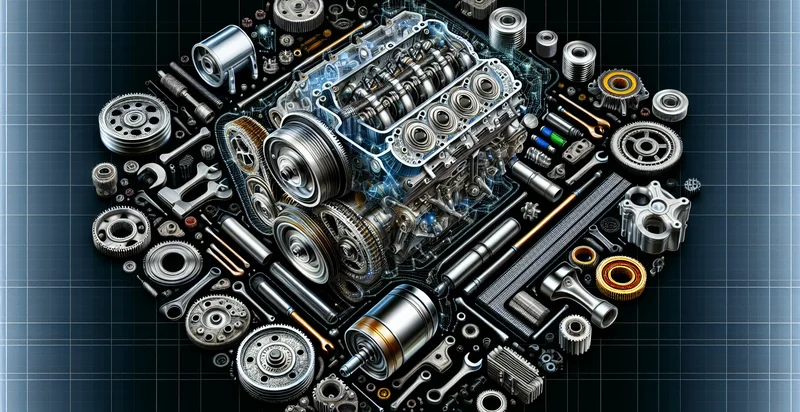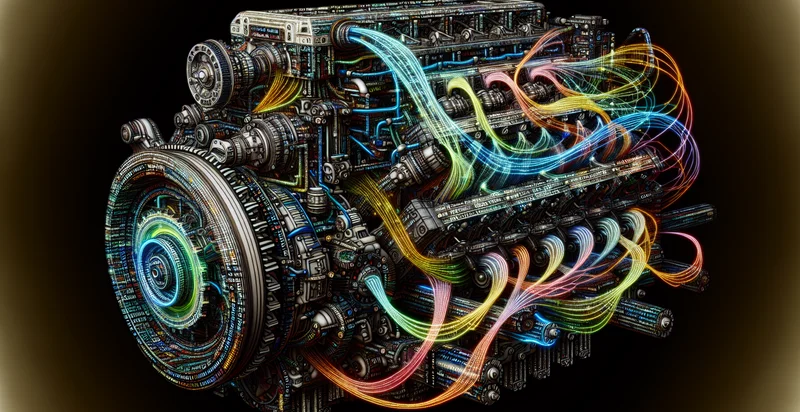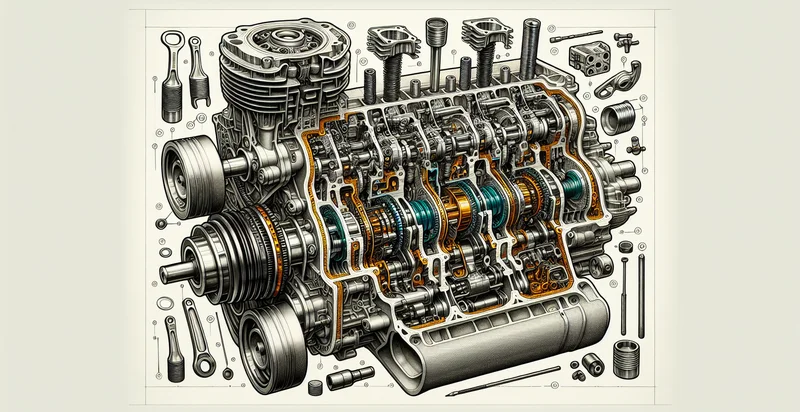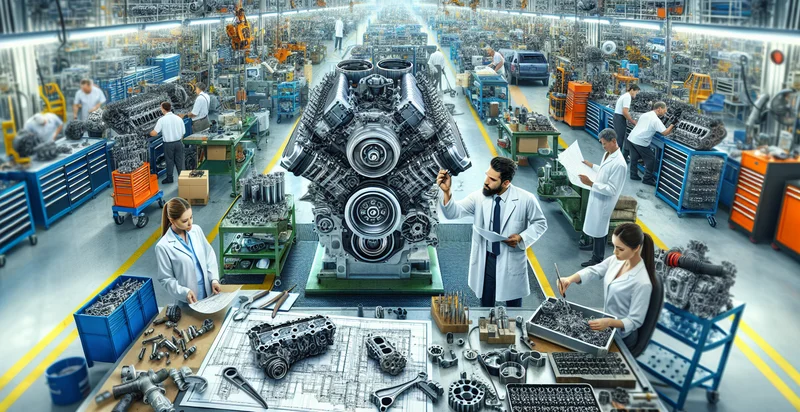Identify engine layout
using AI
Below is a free classifier to identify engine layout. Just upload your image, and our AI will predict what type of engine layout it has - in just seconds.

Contact us for API access
Or, use Nyckel to build highly-accurate custom classifiers in just minutes. No PhD required.
Get started
import nyckel
credentials = nyckel.Credentials("YOUR_CLIENT_ID", "YOUR_CLIENT_SECRET")
nyckel.invoke("engine-layout", "your_image_url", credentials)
fetch('https://www.nyckel.com/v1/functions/engine-layout/invoke', {
method: 'POST',
headers: {
'Authorization': 'Bearer ' + 'YOUR_BEARER_TOKEN',
'Content-Type': 'application/json',
},
body: JSON.stringify(
{"data": "your_image_url"}
)
})
.then(response => response.json())
.then(data => console.log(data));
curl -X POST \
-H "Content-Type: application/json" \
-H "Authorization: Bearer YOUR_BEARER_TOKEN" \
-d '{"data": "your_image_url"}' \
https://www.nyckel.com/v1/functions/engine-layout/invoke
How this classifier works
To start, upload your image. Our AI tool will then predict what type of engine layout it has.
This pretrained image model uses a Nyckel-created dataset and has 14 labels, including Boxer, Flat, H Layout, Inline, L Layout, Opposed, Radial, Single, Star and Twin.
We'll also show a confidence score (the higher the number, the more confident the AI model is around what type of engine layout it has).
Whether you're just curious or building engine layout detection into your application, we hope our classifier proves helpful.
Related Classifiers
Need to identify engine layout at scale?
Get API or Zapier access to this classifier for free. It's perfect for:
- Automotive Factory Quality Control: The 'engine layout' identifier can be integrated into automotive manufacturing systems to automatically classify engine layouts during production. By identifying false images of engine layouts, manufacturers can ensure only correctly assembled engines proceed to final quality checks, reducing recalls and warranty claims.
- Cost Estimation for Repairs: Auto repair shops can utilize the function to accurately identify engine layouts before estimating repair costs. By distinguishing between various engine types and configurations, technicians can provide more precise quotes and improve customer trust.
- Insurance Claim Processing: Insurance companies can implement this image classification function to verify engine layouts in claims related to vehicle damages. By identifying discrepancies in engine configurations, insurers can reduce fraudulent claims and streamline their processing workflow.
- Inventory Management: Automotive parts suppliers can use this functionality to classify and manage engine layout images in their inventory systems. Efficient identification of varying engine configurations can enhance parts organization and fulfillment accuracy, minimizing delays and errors.
- Predictive Maintenance Solutions: Vehicle telematics systems can employ the 'engine layout' identifier to analyze engine configurations during regular maintenance checks. By identifying potential layout issues, operators can predict maintenance needs and optimize vehicle uptime.
- Training and Development Tools: Educational institutions and automotive training centers can leverage this classification tool in their curriculum. By providing students with a reliable method to identify engine layouts, it enhances hands-on learning experiences and increases understanding of complex engine designs.
- Enhanced Vehicle Customization Platforms: Online vehicle customization platforms can integrate this function to guide users through selecting compatible parts based on their engine layout. This ensures that customers are provided with relevant options, improving the overall buying experience and reducing the likelihood of ordering mismatched parts.


